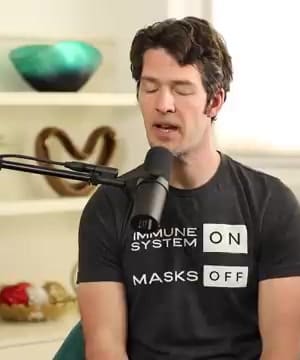What are red flags during early dating
Sources:
Red flags in early dating are important to be aware of as they can indicate potential issues in a relationship. Here are some red flags experts have identified:
-
Family Relationships: Understanding someone’s relationship with their parents, especially their mother, can provide insights into their psyche and upbringing. A positive relationship generally indicates good signs, while a strained relationship might be a red flag 1.
-
Miscommunication and Triggers: Early misunderstandings and not addressing emotional triggers can lead to relationship pitfalls. It's important to communicate openly about feelings and concerns 2.
-
Consistency and History: Keep an eye for consistency in someone's character and history. A lack of long-term friendships or relationships can be a red flag, indicating potential issues with maintaining relationships 3.
-
Narcissism and Control: Watch out for signs of narcissism or controlling behavior, such as a disregard for personal boundaries or an excessive focus on oneself during conversations 4.
-
Rushing Intimacy: A partner trying to escalate the relationship very quickly or displaying overly romantic behavior prematurely can be a concern. This might indicate insecurity or an intent to manipulate 5.
-
Misalignment of Intentions: Make sure that your intentions align. If someone says they’re not looking for a relationship but behaves intimately, it's crucial to clarify expectations to avoid misunderstandings 5.
Being aware of these red flags can help guide your decisions in the early stages of dating.
RELATED QUESTIONS-
What are signs of a healthy relationship in early dating?
Sources:
Signs of a healthy relationship in early dating are crucial to understand because they lay the foundation for long-term satisfaction and stability. Here are some key indicators that experts have identified:
-
Open Communication: Effective communication is vital. One should feel comfortable discussing feelings and intentions openly and honestly, without feeling judged. This forms the basis for understanding each other better and handling conflicts constructively 1.
-
Respect for Boundaries: A healthy relationship respects individual boundaries. This involves honoring personal space, time apart, and differing views without coercion or guilt-tripping 2.
-
Genuine Vulnerability: Being able to share one’s vulnerabilities without fear of judgment is a strong sign of a healthy relationship. It's crucial that both partners can reveal their imperfections and weaknesses 3.
-
Shared Joy and Support: Celebrating each other's successes and providing support during challenging times strengthen bonds. It’s essential that joy is shared and challenges are met with a supportive attitude 3.
-
Consistent Effort and Acknowledgment: Both partners should acknowledge each other’s efforts and make their own. A relationship where only one person makes all the sacrifices should be approached with caution 1.
-
Mutual Growth and Improvement: A sign of a thriving relationship is the mutual desire to grow together and improve. Acknowledging and acting on feedback is part of this growth process 3.
These indicators can guide you in evaluating your relationship’s health and potential during the early stages of dating.
RELATED QUESTIONS-
What are the best practices to address gun violence prevention
Sources:
Addressing gun violence prevention effectively involves several best practices as highlighted by experts across various platforms:
-
Gun Violence Restraining Orders: These allow close associates or authorities to prevent potentially dangerous individuals from acquiring firearms. The process involves judicial approval and timely reassessments to balance safety with personal rights 1.
-
Community Engagement and Violence Interrupters: Deploying programs that leverage community relationships to mediate conflicts and prevent escalation can be highly effective. These programs work on the neighborhood level to identify and mitigate potential threats preemptively 2.
-
Comprehensive Mental Health and Trauma Services: Addressing the mental health needs and trauma of communities at risk and individuals involved in gun violence can prevent cycles of violence. This includes hospital-based programs and community initiatives focused on rapid trauma response and ongoing mental health support 3.
-
Nutritional and Educational Interventions: Addressing underlying social issues such as education and nutrition can also play a role in reducing tendencies towards violence. Better educational opportunities and improved nutrition may help in reducing aggressive behaviors over the long term 4.
-
Responsible Firearm Ownership and Training: Highlighting the responsibility that comes with gun ownership and encouraging proper training for safe handling and ethical decision-making among gun owners is crucial. This includes training in conflict avoidance and understanding the legal implications of gun use 5.
-
Media Responsibility: Media outlets are urged to not glorify perpetrators of mass shootings to avoid inspiring future perpetrators. Responsible reporting can help reduce 'copycat' crimes and decrease the notoriety that some shooters seek 1.
These approaches emphasize a multifaceted response to gun violence, combining legal, community, mental health, and media strategies to address the issue comprehensively.
RELATED QUESTIONS-









